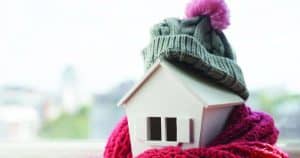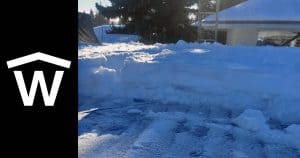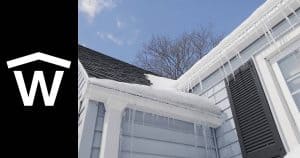The 4 Alarming factors of Humidifiers in your home, particularly on your roof, are an often overlooked problem. In this blog, we will examine the causes of dryness in the home during winter weather, explore alternative solutions, and discuss the potential hazards of using humidifiers as a solution. While humidifiers are a common solution for combating the dry, cold climate in Calgary, it is important to be aware 4 potential issues they can cause.
- Roof damage: Humidifiers can increase the humidity levels in your attic, which can lead to rot, mould and structural damage to your roof.
- Increased risk of leaks: Excessive humidity in the attic can also cause damage to the shingles, flashing and other roofing materials, increasing the risk of leaks and water damage.
- Attic insulation damage: High levels of humidity can also cause damage to attic insulation, reducing its effectiveness and making your home less energy efficient.
- Reduced lifespan of the roof: Excessive humidity can also shorten the lifespan of your roof by accelerating the aging process of the roofing materials and making them more susceptible to damage and leaks.
Addressing Health Benefits
Before we get started talking about the dangers, we also need to recognize the benefits and the reasons why you probably use a humidifier in the first place. Particularly benefits of humidifier in winter, when dry air can aggravate respiratory issues, dry out skin and cause other discomforts. Dry air can aggravate respiratory issues, dry out skin and cause other discomforts. The benefits of a humidifier while sleeping can alleviate symptoms such as dry mouth, nosebleeds, and even humidifier sickness symptoms.
Humidifiers can also be beneficial during the COVID-19 pandemic, as they can help moisten dry air and make it easier to breathe. As we continue to explore the potential dangers of humidifiers on your home and roof, it is significant to remember that with proper maintenance and usage, a humidifier can be a beneficial addition to your home. It can improve your health and comfort, without compromising the integrity of your roof.
By understanding how to use a humidifier in a way that doesn’t cause damage, you can strike a balance between maintaining a healthy level of humidity in your home and the issues that often arise. Now let’s first find out why it’s so dry in Calgary and why the problem even exists.
Understanding the Causes of Dry Indoor Air in Winter
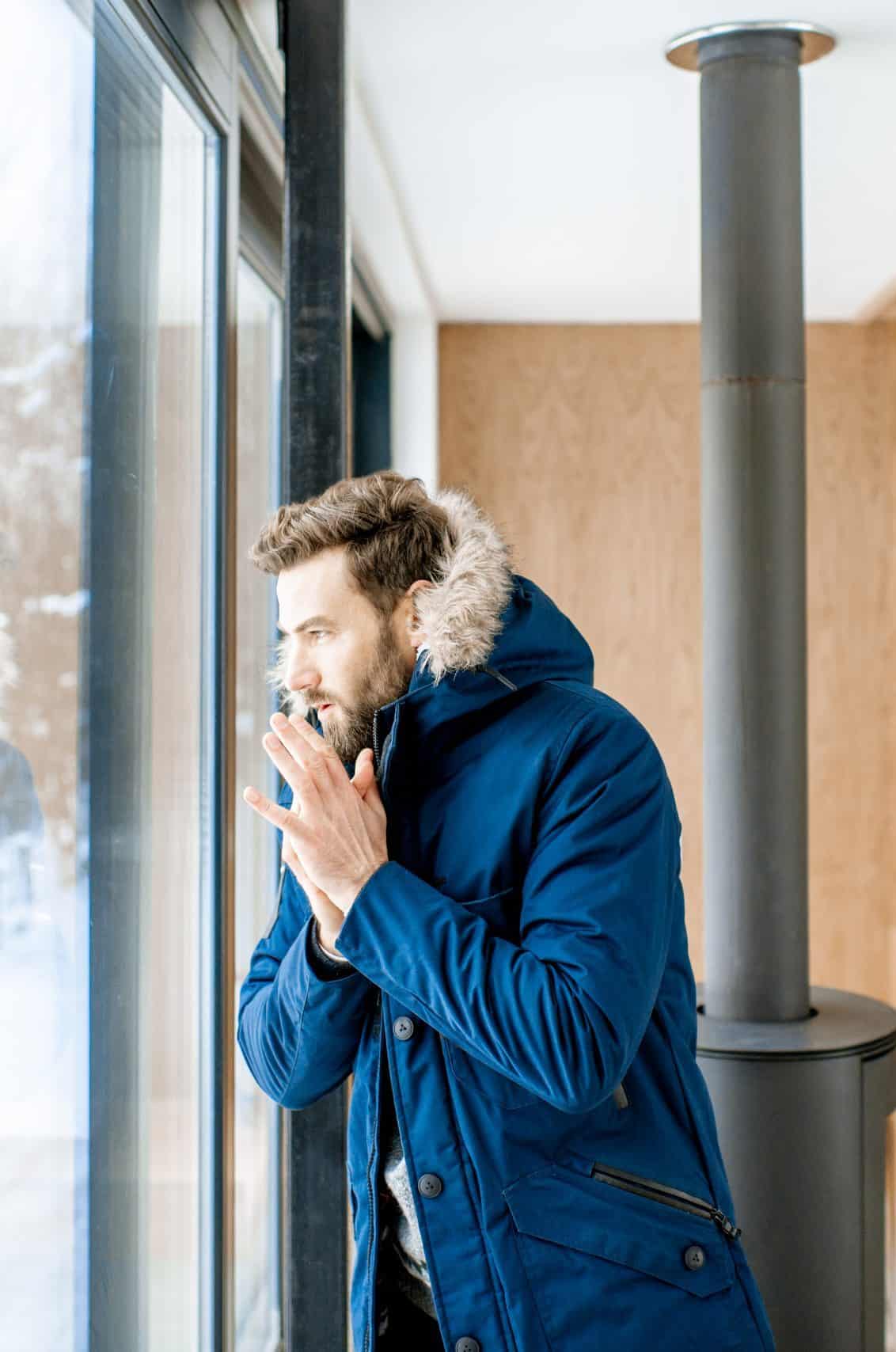
Do you find yourself constantly dealing with dry skin, chapped lips, and nosebleeds? Are you experiencing static electricity shocks around your home? These are all signs of low humidity levels in your home.
But what causes this dry indoor air during the winter months? Cold weather is one of the main culprits. As temperatures drop, outside air is unable to hold on to moisture, resulting in a significant decrease in humidity levels. To combat the cold, you turn on your heating system, which can also contribute to dry indoor air. This is especially true if your home is poorly insulated and has poor air sealing, allowing cold air to replace warm air and further dry out your home.
While a humidifier may seem like the solution to combat dry indoor air, it can also create additional problems, such as “attic rain,” which is a problem that can occur due to the use of humidifiers. Instead of just treating the symptoms, it’s important to address the root cause of dry indoor air.
Addressing the Root Cause of Dry Air in Your Home
When trying to improve your home’s insulation and air sealing to combat dry indoor air, it’s essential to identify where cold air may be infiltrating your home. Here are a few common areas to check:
- Doors and windows: Check for gaps around the frames, weatherstripping, and seals.
- Attic: Look for gaps or holes in the attic floor, as well as in the insulation.
- Basement: Check for gaps or holes in the foundation and around pipes and ducts.
- Wall outlets and light switches: These can often be sources of air leakage, especially if they are located on an outside wall.
- Fireplaces and chimneys: These can also be sources of air leakage if not properly sealed.
After identifying the areas in your home that are prone to poor seals and insulation, the next step is to address them to prevent the influx of cold air.
One of the most effective ways to combat dry indoor air caused by cold air infiltration is to improve the insulation and air sealing of your home. This can be done by identifying and addressing areas where cold air may be entering your home, such as around doors and windows, in the attic, and in the basement.
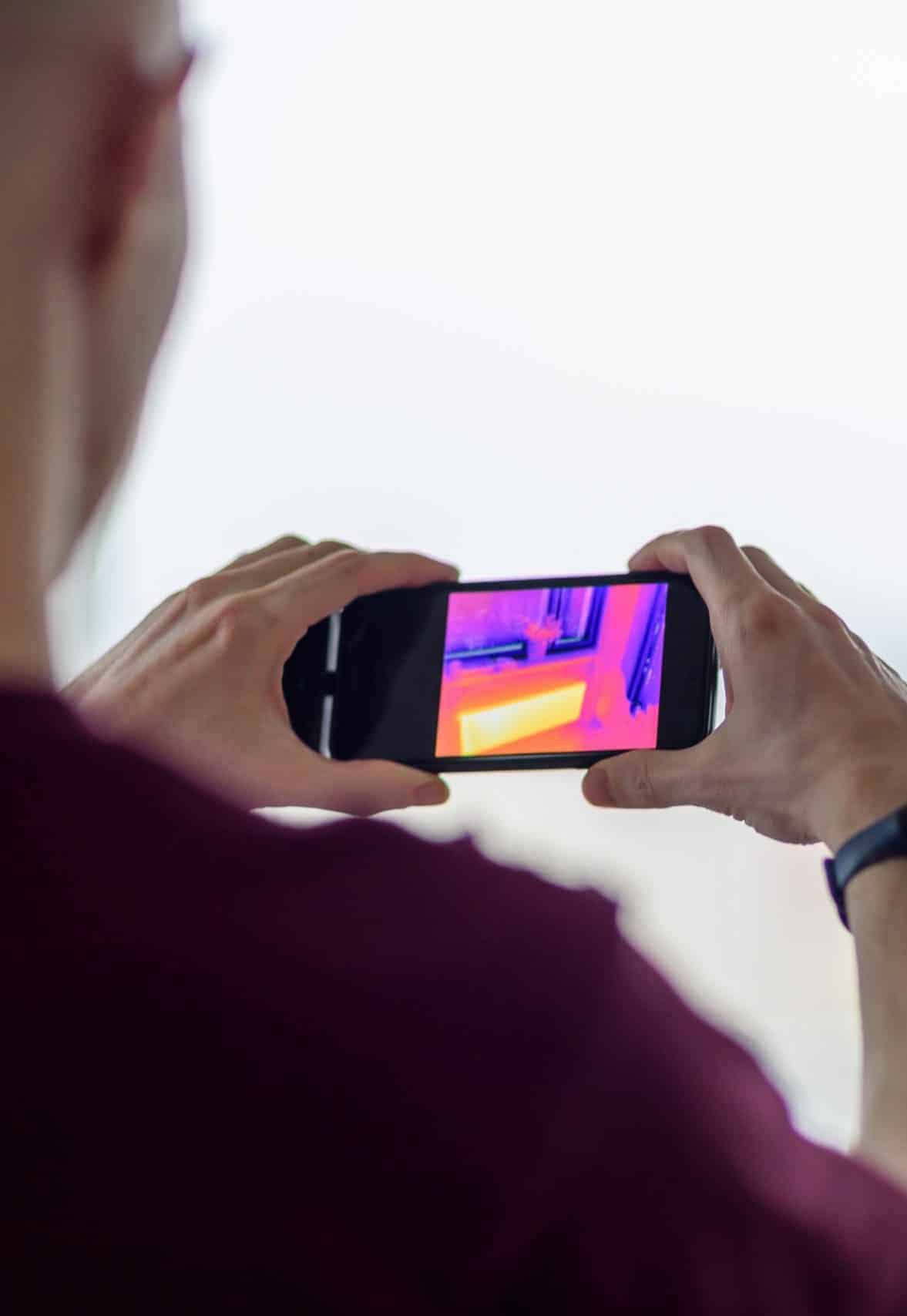
A thermographic camera can be a valuable tool for identifying sources of air leakage and heat loss in your home. This type of camera can detect thermal patterns that indicate where cold air is entering and heat is escaping, making it easier to pinpoint problem areas.
It’s also a good idea to have a professional home inspector or specialist inspect your home before you purchase it, to identify any potential issues. This can help you make an informed decision about the condition of the home and any necessary repairs or upgrades.
By addressing the root cause of dry indoor air, you can improve the overall air quality and humidity levels in your home without resorting to using a humidifier all the time. If you do choose to use a humidifier, be sure to set it to a low setting (20-25%) to avoid creating new issues like attic rain.
The Risks of Using Humidifiers on Your Home and Roof

Well, most often when you have dry air, you solve it by buying some humidifiers for each room. You then crank them up to 40% or higher humidity, and you finally get the dry air issue gone. The concern comes from what effect this humidity can have on your home.
In general, high humidity can cause damage to paint and walls, warp wood, cause mould and even contribute to making your home less airtight through the freezing and thaw cycle that water has.
The big danger to Calgary homeowners is attic rain. We won’t go into too much detail as you can read our post about attic rain, but in summary:
Attic rain can be caused from humidifiers. When all that moisture makes its way into the attic, it comes into contact with the underside of your roof. This causes ice to form, which melts when you have warmer temperatures and leads to mould, water damage and other costly damage.
Protecting Your Property as a Calgary Homeowner from Humidity-Related Damage
It’s important to note that, instead of relying solely on humidifiers to combat dry indoor air, homeowners should first focus on addressing the root cause of the issue by improving insulation and air sealing in the home. By doing so, you can decrease the severity of dry air and set your humidifiers to a lower setting of 20-25%. It’s also critical to look at other factors that contribute to humidity, such as cooking and showers. As when ventilation for these aspects are done properly they can have the same effect.
If you have any questions or concerns, or need your home’s roofing system inspected, consider reaching out to a Calgary roofing company by contacting us!
